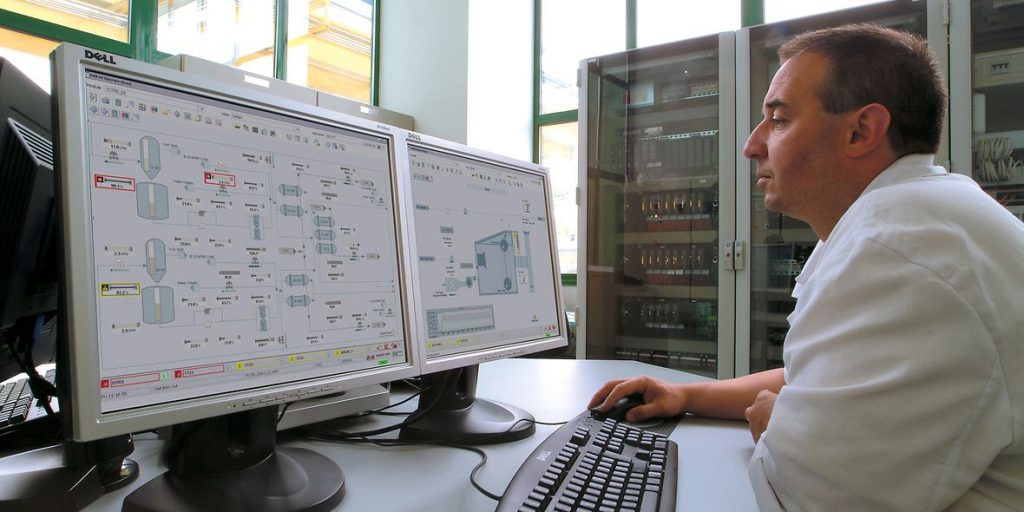Emerson DeltaV Distributed Control System
1. EXECUTIVE SUMMARY
- CVSS v3 6.1
- ATTENTION: Low skill level to exploit
- Vendor: Emerson
- Equipment: DeltaV Distributed Control System (DCS)
- Vulnerability: Use of Hard-coded Credentials
2. RISK EVALUATION
Successful exploitation of this vulnerability could allow an attacker to gain administrative access to DeltaV Smart Switches.
3. TECHNICAL DETAILS
3.1 AFFECTED PRODUCTS
The following versions of DeltaV DCS, a software management platform, include the vulnerable Smart Switch Command Center:
- 11.3.x
- 12.3.x
3.2 VULNERABILITY OVERVIEW
3.2.1 USE OF HARD-CODED CREDENTIALS CWE-798
The Smart Switch Command Center does not change the DeltaV Smart Switch management account password upon commissioning as expected, leaving the default password in effect indefinitely.
CVE-2018-11691 has been assigned to this vulnerability. A CVSS v3 base score of 6.1 has been calculated; the CVSS vector string is (AV:A/AC:L/PR:H/UI:N/S:U/C:N/I:H/A:H).
3.3 BACKGROUND
- CRITICAL INFRASTRUCTURE SECTORS: Chemical, Critical Manufacturing, Energy
- COUNTRIES/AREAS DEPLOYED: Worldwide
- COMPANY HEADQUARTERS LOCATION: United States
3.4 RESEARCHER
Benjamin Crosasso of Sanofi reported this vulnerability to Emerson.
4. MITIGATIONS
Emerson recommends users patch affected products. Details are available within article DSN19003 (KBA# NK-1900-0808). Software patches and DSN19003 are available to users with access to the Emerson Guardian Support Portal at the following link:
https://guardian.emersonprocess.com/ (Login Required)
To limit exposure to these and other vulnerabilities, Emerson recommends that DeltaV systems and related components be deployed and configured as described in the DeltaV security manual, which can be found in Emerson’s Guardian Support Portal.
NCCIC recommends users take defensive measures to minimize the risk of exploitation of this vulnerability. Specifically, users should:
- Minimize network exposure for all control system devices and/or systems, and ensure that they are not accessible from the Internet.
- Locate control system networks and remote devices behind firewalls, and isolate them from the business network.
- When remote access is required, use secure methods, such as Virtual Private Networks (VPNs), recognizing that VPNs may have vulnerabilities and should be updated to the most current version available. Also recognize that VPN is only as secure as the connected devices.
NCCIC reminds organizations to perform proper impact analysis and risk assessment prior to deploying defensive measures.
NCCIC also provides a section for control systems security recommended practices on the ICS-CERT web page. Several recommended practices are available for reading and download, including Improving Industrial Control Systems Cybersecurity with Defense-in-Depth Strategies.
Additional mitigation guidance and recommended practices are publicly available on the ICS-CERT website in the Technical Information Paper, ICS-TIP-12-146-01B–Targeted Cyber Intrusion Detection and Mitigation Strategies.
Organizations observing any suspected malicious activity should follow their established internal procedures and report their findings to NCCIC for tracking and correlation against other incidents.
No known public exploits specifically target this vulnerability. This vulnerability is not exploitable remotely.
Source:
https://www.us-cert.gov/ics/advisories/icsa-19-190-01
